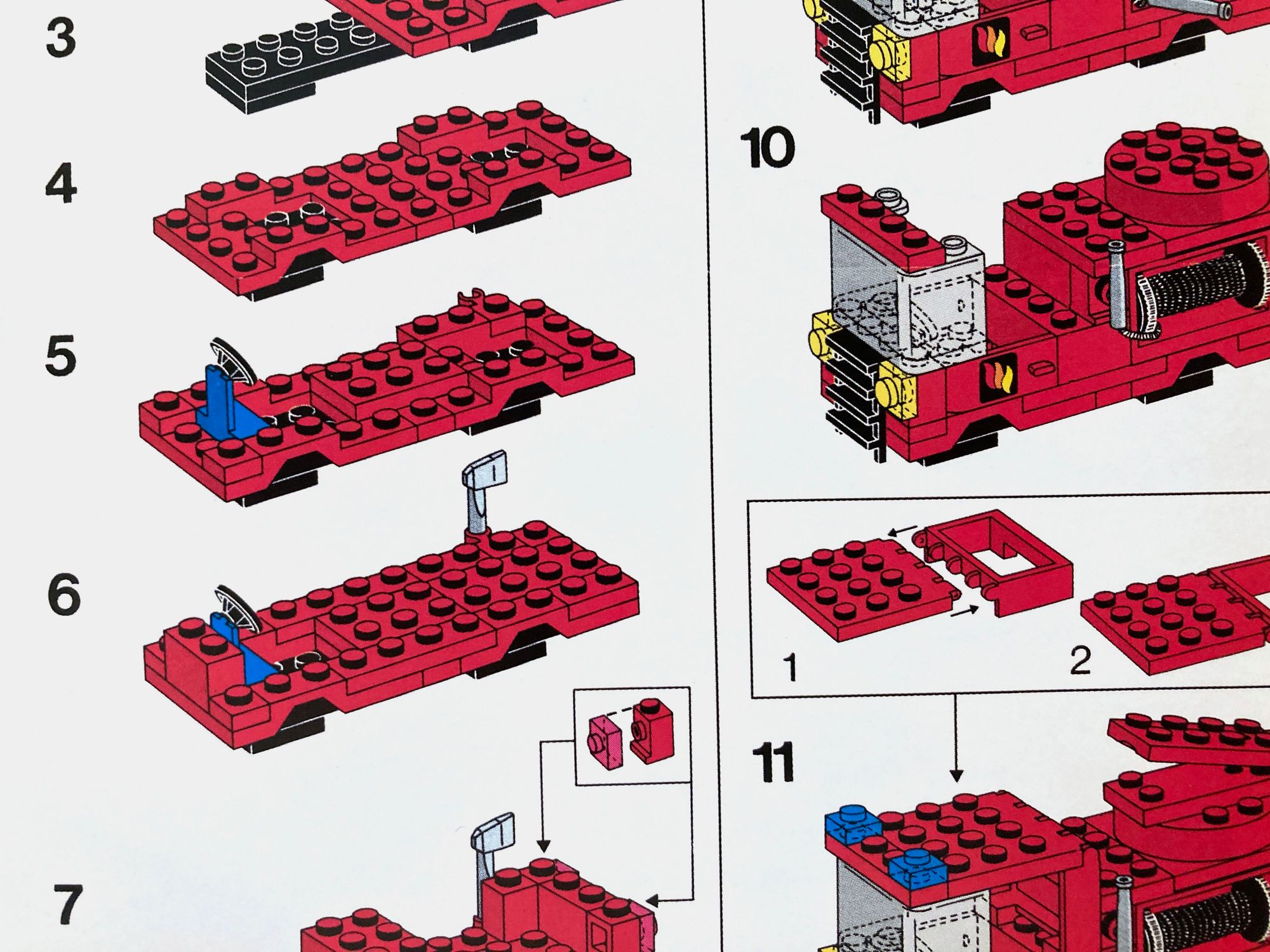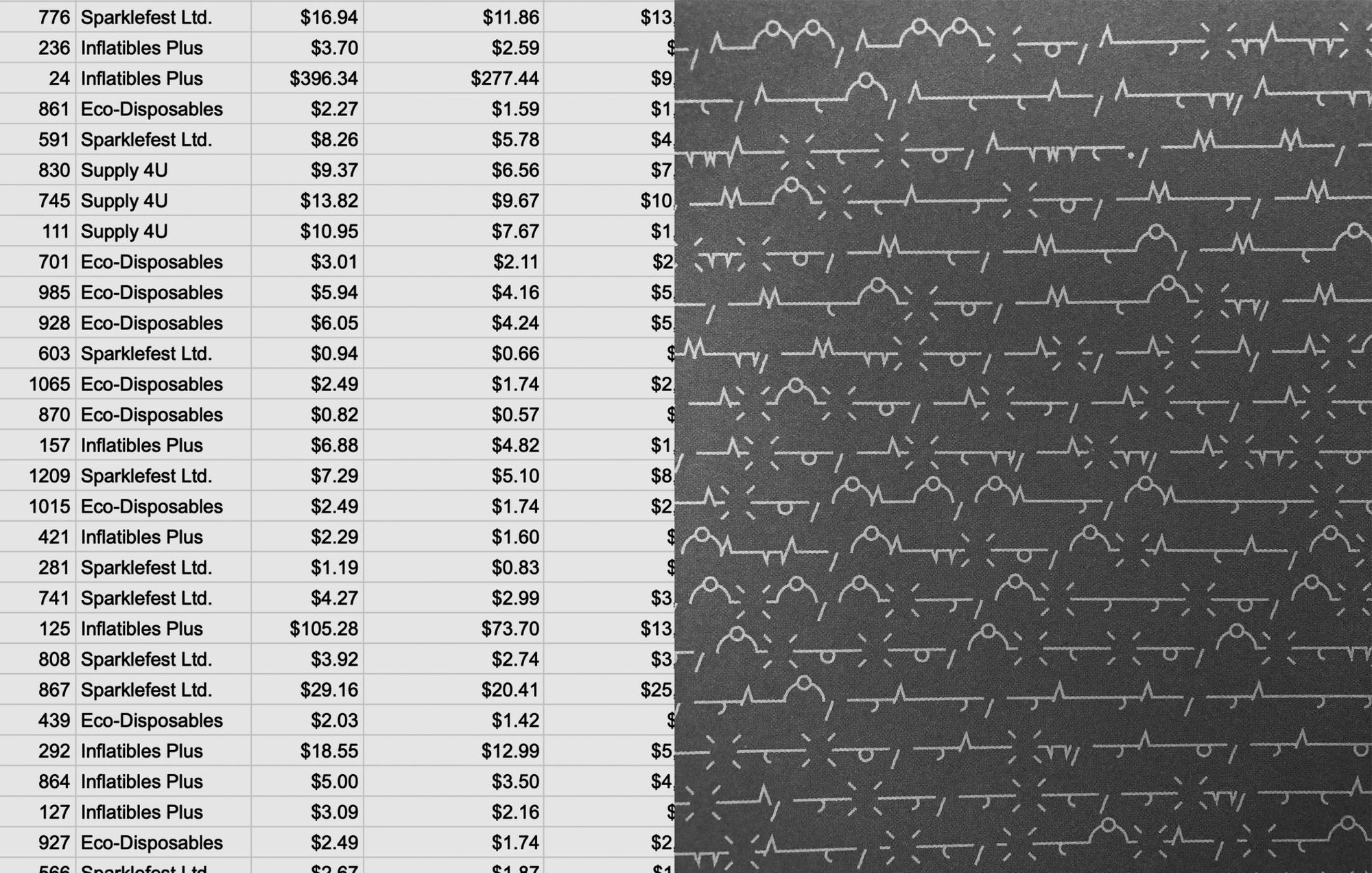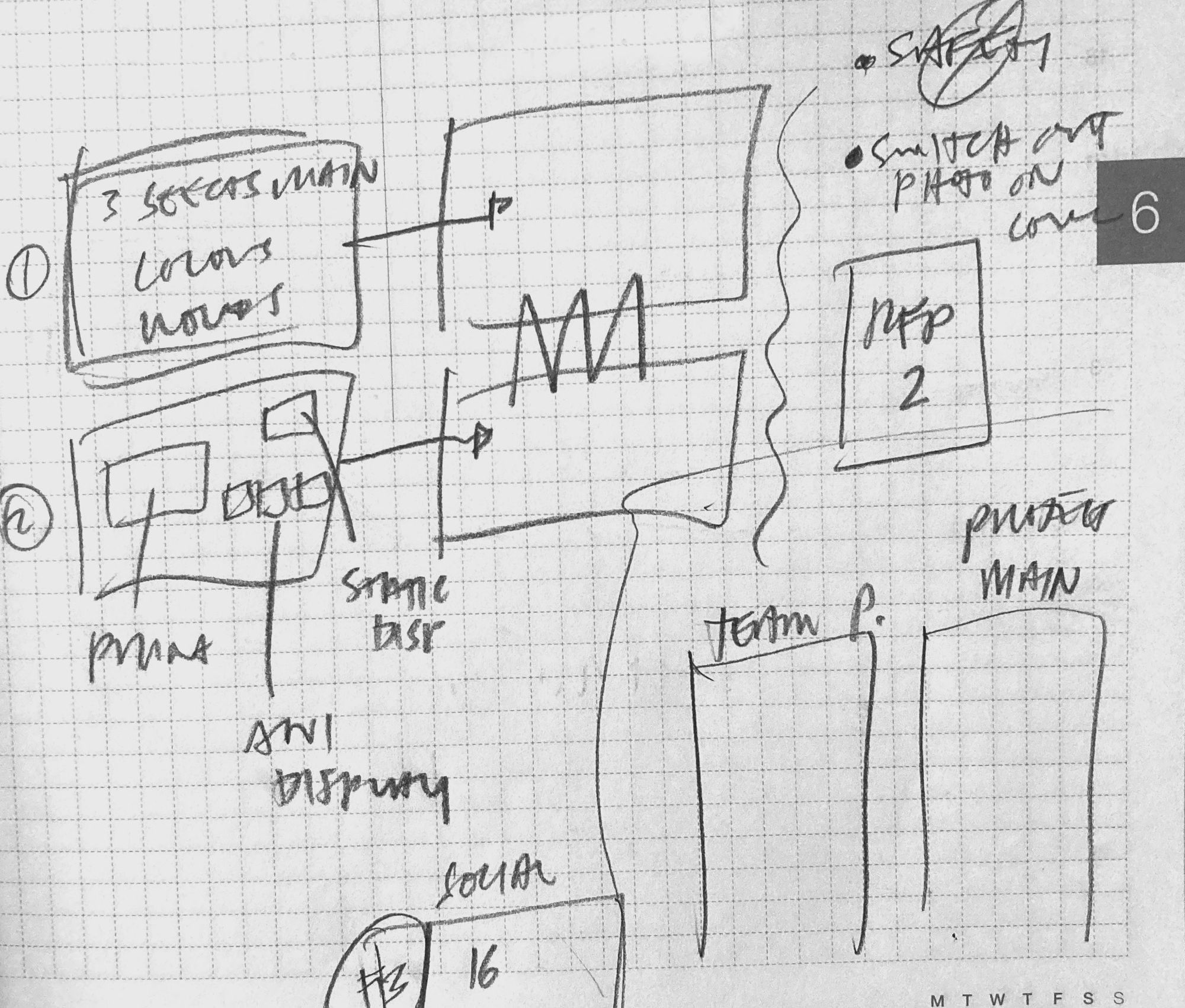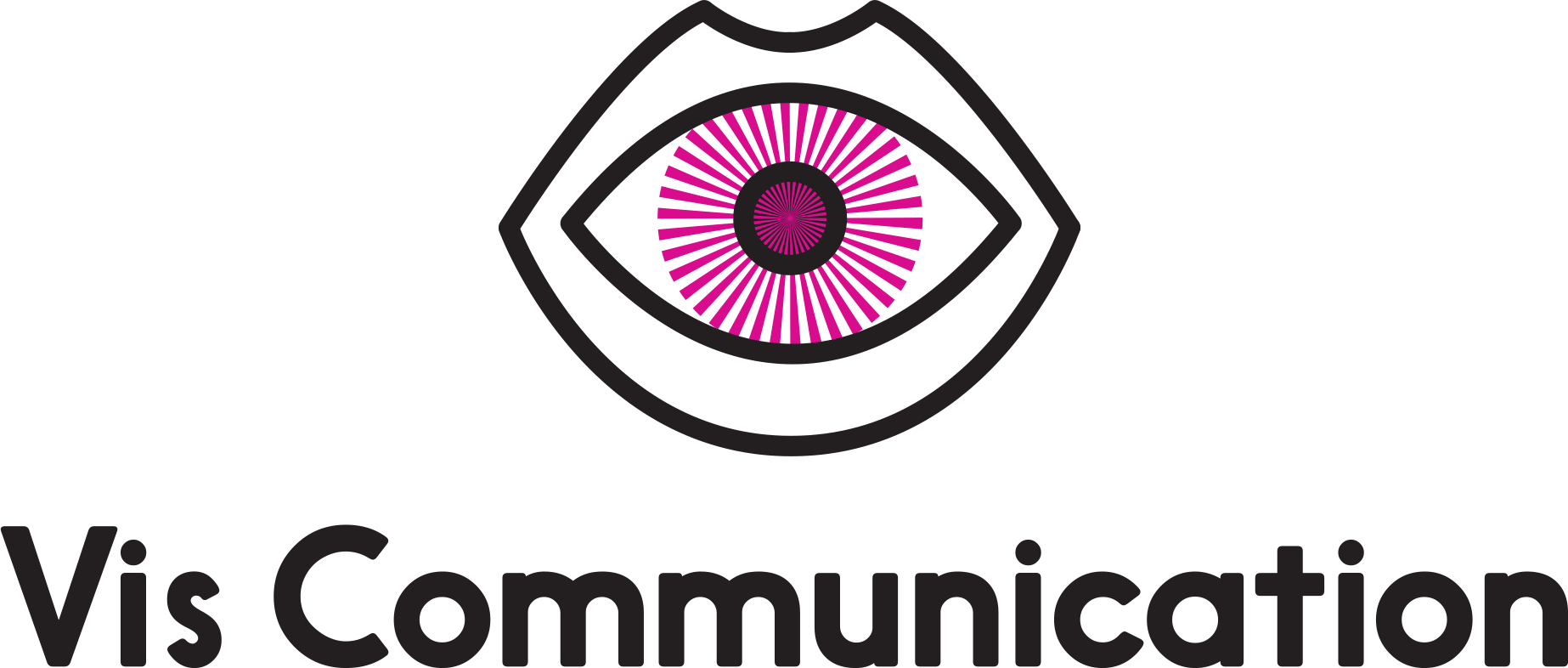Tips for Visual Thinkers

I really thought it would be cool to start this by offering up a fun quiz for you to take to see whether you are more of a visual or verbal thinker. But after a quick search, they all seemed like trash. I’m definitely a visual thinker, but the questions didn’t feel useful. A lot asked about photographic memory, and I don’t have that. Nor do I remember names or faces very well. What I will remember is some completely random, useless visual element – the embroidery someone had on their shirt, there was a bobby pin in their hair, someone had a purple phone case – things like that. What got me thinking about it was this article by Temple Grandin. I don't experience it in the same way, but I definitely think in pictures. And showing me a visual of something is worth way more than a thousand words for me to understand it. I can certainly understand your verbal description of something or your spreadsheet, but it takes longer and I have to work harder at it. Show me a picture, and I get it immediately.
Like a lot of people I never gave much thought to it – the way you think is just there from the time you’re born. It doesn’t feel special. And you can’t really know what’s going on in anybody else’s head. But it is a definite strength in my job as a graphic designer. However, I’ve noticed lately at work how verbal thinkers present information differently. Anytime someone shows me a spreadsheet in a project meeting, I may as well be looking at spaghetti. I have to convert that in my mind to images of the actual parts. I suppose I’ve adapted ways to deal with it without really thinking about it. But this blog is about sitting down and thinking about it.

I need to take words given to me and either associate pictures with them (which is mostly my job anyway) or sketch out the words and give the words a visual structure with something like a mind map or chart or hierarchy. And in design, typography and words can be a part of the visual expression as well.
Here are a couple methods I’ve used to turn verbal information into visual information. I’m sure there are lots more strategies, but these two I use almost daily:
- Mind maps
I’ve been doing this one for a long time although I didn’t realize it had a fancy name until I took this Design Thinking course. But if I’m brainstorming with a writer, I tend to write down what I think are the important words and then I’ll add related words that are helpful. Words that bring images to mind. Maybe there is a different word that conjures a better image for me. Also, I will place words in an arrangement that makes some sense to me – a hierarchy or some relationship between the words. - Sketch notes/charts
I do this all the time in meetings. I have to sketch out, very simply, the components of a project. That’s how I wrap my head around the scope of the project and easily reference and keep up with the parts I need to design.

Are all creatives visual thinkers? Who knows. It may certainly be a thing that leads someone to a visual field. Are all non-creatives verbal thinkers? Doubt it. And I’m sure there are many shades in between. Some visual thinkers have a harder time with subjects like math. I didn’t have much trouble in school, but I do find relationships between numbers hard to visualize. I tend to think of math as less about numbers and more about figuring out the right order and steps to apply at the right time. I don’t think that’s necessarily mathematical thinking, but I applied a structure and I could visualize that structure.
For Designers:
Well, the good news is that visual thinking is kind of your job. It’s probably how you got here anyway. If you’re any kind of designer and do not consider yourself a visual thinker, I’m dying to know what your process is. In many ways, I think coding is more like writing or language, so maybe some of you developers feel more like verbal thinkers? Let me know in the comments.
For Clients:
At a project startup, if you have any visual reference materials, please show them! This could be examples of competitor’s work, something you saw that you really like, something you saw that you really don’t like, your most recent materials, etc. If you present us with verbal information or spreadsheets, that’s great as well, just give us time to process it. We may be sketching during the meeting and that's us processing verbal information so we understand it better. And this will need to be a whole other post, but when you give us feedback on a design, there is way less confusion if you mark it up directly on the pdf/layout than put it into a paragraph or bullet points.

